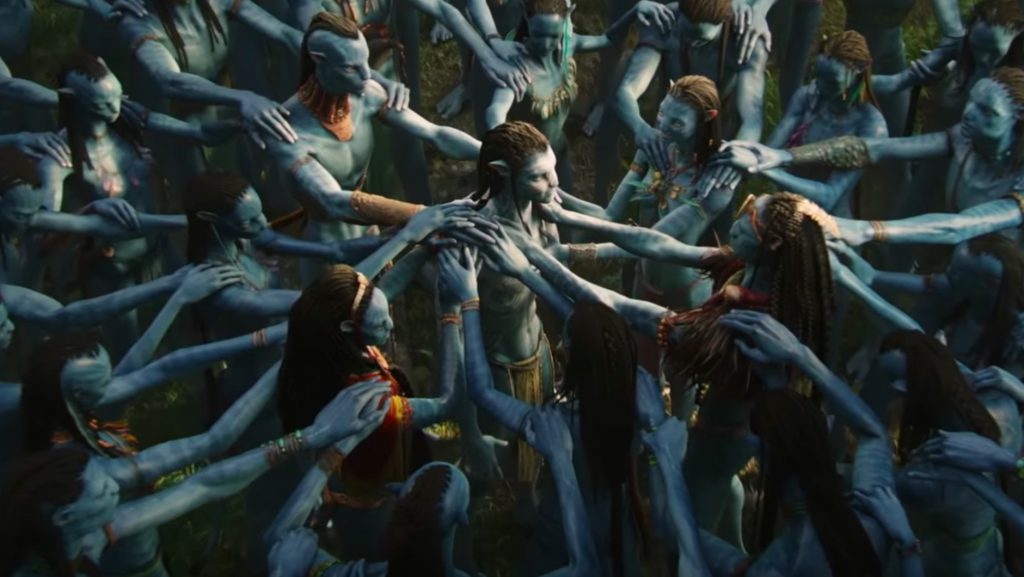ONLINE CLASS with Professor Gabriel Hartley
In this class we will encounter the power of imagination as expressed in popular literature and film. Using Joseph Campbell’s infamous book The Hero With a Thousand Faces as a framework for our discussions, we will examine the ways in which our authors explore the figure of the hero in popular culture today.
Our major thematic questions will include: In what ways do popular narrative structures—those story patterns animating film, graphic novels, and “science fiction”—participate in particular ways in universal archetypal stories about who we are and where we’re going? In what ways do such narratives tap into our imaginative inner resources for guidance? How and why does our culture today more often than not actively suppress our imaginative capabilities? How do the works we will study explore the openings and closures of consciousness in contemporary society? How do our writers pose imaginative challenges to the mainstream ideologies (including academic) concerning personal and social human consciousness?
In addition to Campbell’s Hero, we will also read the Black Panther graphic novels by Ta-Nehisi Coates and the founding cyberpunk novel, Neuromancer, by William Gibson. The films we will view include Avatar, Black Panther, Pan’s Labyrinth, and the Matrix Trilogy. We will explore questions related to 1. differences between literary and film media; 2. the role of imagination in the construction of our realities; and 3. the ways in which Mythology—which in all times and places is the same “beneath its varieties of costume”—provides us with “the one, shape-shifting yet marvelously constant story” that lies as the source of all our stories and experiences.
Assignments will include frequent entries in your reading response blog; participation in online blog response groups; and two major essays (building on various written assignments throughout the course).

Course Objectives
After successfully completing this course students will be able to do the following:
- Articulate ways that artistic works construct values and ethical meanings.
- Articulate ways that artistic works participate in the production and critique of social paradigms.
- Practice analytical reading on multiple examples of each genre chosen to illuminate different narrative choices and conventions, including genres that are culturally and historically diverse.
- Identify major features of popular literary and filmic form and construct arguments about the relationship between form and the work’s meaning.
- Read and interpret texts from multiple genres of writing and write about them using appropriate evidence.
- Collect, sift, analyze, and interpret a diverse variety of primary and secondary sources.
- Communicate and present ideas and sources accurately and effectively.
- Write about texts using different critical approaches (e.g., historically-informed readings, readings based on theoretical perspectives, form-based criticism, rhetorical analysis, etc.).
Student Outcomes—In order to demonstrate their understanding of the topics presented in the class, students will do the following assignments:
- Write in their Reading Response Blog—evaluated by degree of completion;
- Participate in Course-Designed Social Media (Class Facebook Group, Blackboard Discussion Group, VoiceThread)—evaluated by participation;
- Take quizzes covering standard literary and film terminology—evaluated according to thoroughness and accuracy;
- Produce definitional statements (explaining details of lessons on topics and genres, etc.) —evaluated according to thoroughness and accuracy;
- Write essays to develop coherent analyses of our primary works in relation to each other and to our secondary works—evaluated according to standard college-writing rubric;
- Create multi-media projects (choosing among video, audio, graphic, and webpage formats)—evaluated in terms of accuracy, thoroughness, and aesthetic quality (signs of care in presentation style).
Papers and Other Graded Factors:
- Two 8-10 page essays (40%—20% each);
- Reading Notes Blog: 10+ reading note entries [400 words minimum per entry after your introductory post] (40%);
- Blog Discussion Groups (20%)
Expectations:
- Self-Direction: Many people have the misconception that online courses are easier than face-to-face ones. This is often a fatal error. Unlike classes where we meet in person at set times—when professors can remind you in person of your obligations—online classes demand that you keep yourself on task and up to date. This means that you must plan ahead and apportion your working time accordingly, something that not all of us have been well-trained to manage.
- Readings: Read or view assignments before related group discussions and assignments.
- Participation: Each assignment, whether individual or group, makes up a percentage of your grade.
- Tardiness: Handing in assignments late, if allowed, might end up lowering your grade.
Calendars
See our Quick View and Detailed Assignment Calendar pages for specific details.

Student Accessibility
Any student who feels they may need an accommodation based on the impact of a disability should contact me privately to discuss your specific needs and provide written documentation from Student Accessibility Services. If you are not yet registered as a student with a disability, please contact Student Accessibility Services at 740-593-2620 or visit the office in 348 Baker University Center.
Student Academic Misconduct
The Ohio University Office of Student Affairs has provided the following statement regarding misconduct:
Academic Misconduct
Plagiarism: Using another’s work, in whole or in part, without acknowledging the source and presenting that material as one’s own academic work. This includes, but is not limited to:
i. Reproducing another person’s work, whether published or unpublished (this also includes using materials from companies that sell research papers)
ii. Using another’s ideas or written words without properly acknowledging the source:
a. Quoting a source word for word without providing quotation marks and citations.
b. Copying words or ideas from a source without appropriate citations.
iii. Submitting work that is substantially identical to another source in content and/or organization without appropriately citing the source.
iv. Using other intellectual property in a work without appropriate citations, permissions, or rights (when applicable). Intellectual property includes but is not limited to images, videos, software programs, computer code, or pieces of music.
Cheating: Any attempt by a student to answer questions on a test, quiz, or assignment by means other than his or her own knowledge, without authorization from the instructor resulting in unfair academic advantage. This includes, but is not limited to:
i. Using the textbook or other materials, such as a notebook, not authorized for use during an examination.
ii. Using technology (i.e. cell phones, laptop computers, social media, text messages, etc.) to aid in the completion of work when not permitted to do so.
iii. Observing or copying the work of another student or allowing another student to plagiarize, copy, or observe one’s own work.
iv. Using unauthorized material during a test, notes, formula lists, notes written on clothing, etc.
v. Taking a quiz, exam, or similar evaluation in place of another person.
vi. Providing or requesting assistance from another person in a manner prohibited by the instructor.
vii. Using a laboratory, computer, or calculator inappropriately or without authorization.
viii. Changing material on a graded exam and then requesting a re-grading of the exam.
ix. Acquiring unauthorized knowledge of an examination or any part of an examination.
x. Signing in any person other than one’s self for class attendance.
c. Multiple Submissions: Submitting the same academic work for credit more than once unless specifically authorized by the instructor of record.
d. Fabrication or Falsification: Knowingly using and/or presenting invented or fabricated information, falsified research, or other findings.
e. Misrepresentation: Misrepresenting facts in an attempt to gain an academic advantage. This includes, but is not limited to:
i. Providing false or misleading information in an attempt to receive an extension or postponement of a test, quiz, or other assignment
ii. Providing false or misleading information in an attempt to receive a re-take of an exam or a re-submission of an assignment
iii. Providing false or misleading information as part of an academic probation/dismissal appeal process.
Please note: An instructor may impose a grade penalty for academic misconduct and/or file a disciplinary referral.

